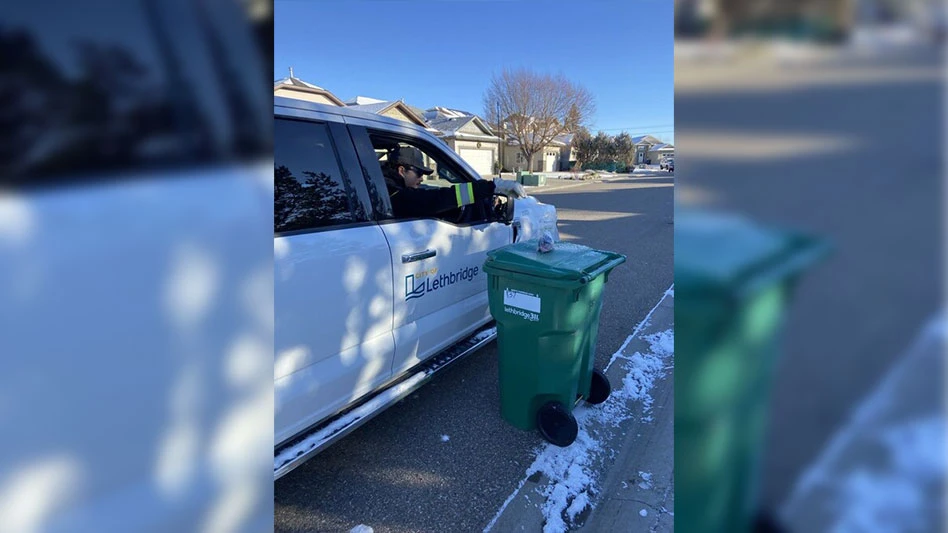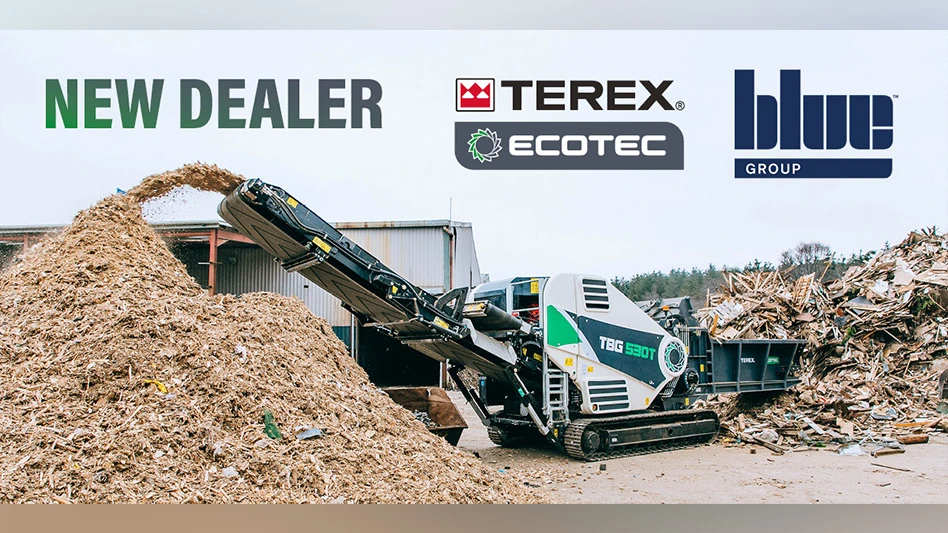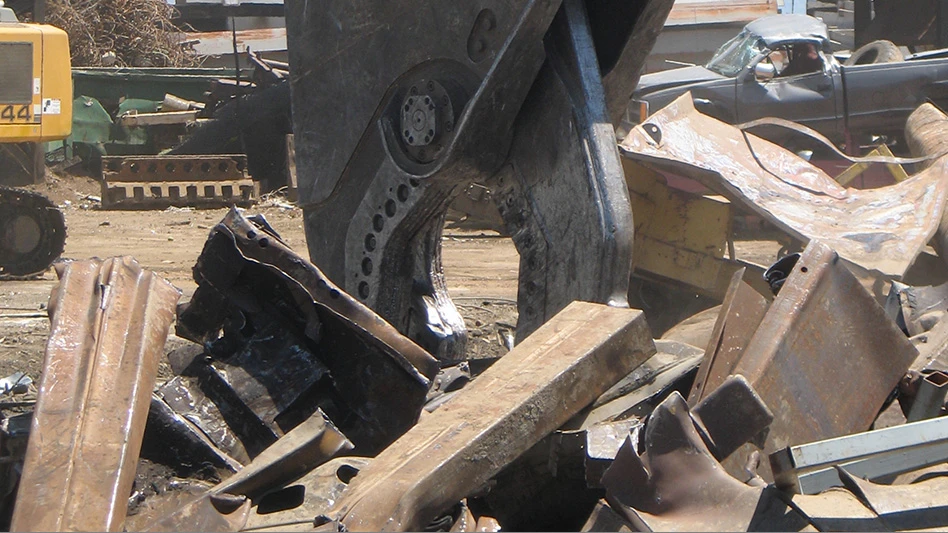When all the dust has settled, construction at Oakland International Airport probably will leave enough concrete and asphalt debris to cover 15 football fields a yard deep.
But instead of trucking all the rubble to a dump miles away, Port of Oakland officials want to keep it around for recycling.
They are considering setting up at least two recycling centers at the airport, ranging in size from 4 to 10 acres. The centers would be used to both store and then process more than 100,000 cubic yards of construction waste expected to be generated the next five years by the airport's remodeling project.
Airport officials say the centers will save money in the long run and be better for the environment.
Trucks wouldn't have to hit already-congested highways to take the debris to landfills. And the construction waste could be ground up and reused later for airport expansion projects, they say.
"We know that in its basic form it is a good idea," said Airport Director Steve Grossman. "We will provide an on-site option that saves truck miles, landfill capacity and provides us a cost savings."
Exactly how much money the port would save by recycling on its property is unknown, Grossman said, but he predicted the amount would be in the millions.
Neighborhood groups around the airport, who in the past have sued the port over its expansion plans, said last week they had not been notified of the plan.
As a result, they refused comment, saying they need time to investigate the plan before deciding how it would affect their communities.
"I have no idea whether it is good or bad," said David Needle, a member of the Alameda-based Citizens League for Airport Safety and Serenity.
An environmental impact report commissioned by the port maintains the operation would not have a negative impact on the area.
One reason is the way the port plans to use the centers.
Instead of grinding debris constantly, the port would only do so about three times a year. The grinding would be done by an outside contractor who will tow in a portable grinder machine.
"The primary emissions of concern from the crushing operation comprise particulate matter," states the report, prepared by the URS Corp. "The concrete and asphalt would be sprayed with water at the intake feed prior to entering the hopper, and water would also be used after crushing to control dust emissions."
And, the report notes, emissions from trucks would be reduced because debris would not be driven to landfills.
"Thus, the implementation of this project would actually decrease emissions from diesel trucks," the report states.
Any materials found to have toxins or other pollutants would not be sent to the airport centers. They would be hauled to a landfill.
The report also found that the sites for those centers do not have protected animals or vegetation, although one of the locations -- on the corner of Ron Cowan and Harbor Bay parkways -- could be home to Northern harriers.
The Port Commission will vote on the environmental report next week. After that, Grossman said the port should begin operating the centers within two years. Tri Valley Herald
Latest from Recycling Today
- Phoenix Technologies closes Ohio rPET facility
- EPA selects 2 governments in Pennsylvania to receive recycling, waste grants
- NWRA Florida Chapter announces 2025 Legislative Champion Awards
- Goldman Sachs Research: Copper prices to decline in 2026
- Tomra opens London RVM showroom
- Ball Corp. makes European investment
- Harbor Logistics adds business development executive
- Emerald Packaging replaces more than 1M pounds of virgin plastic





